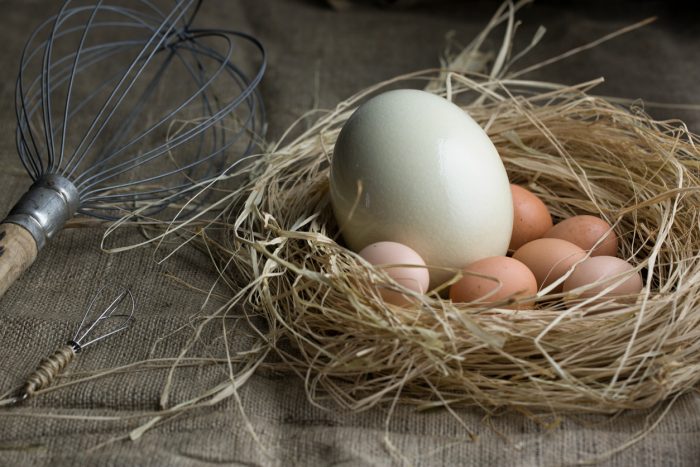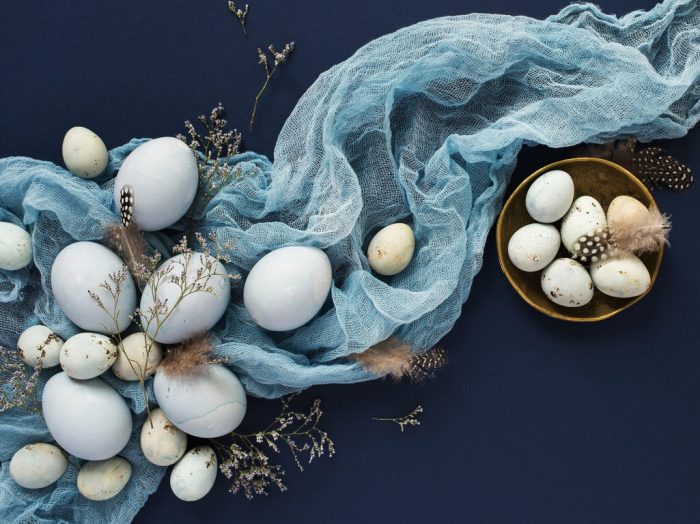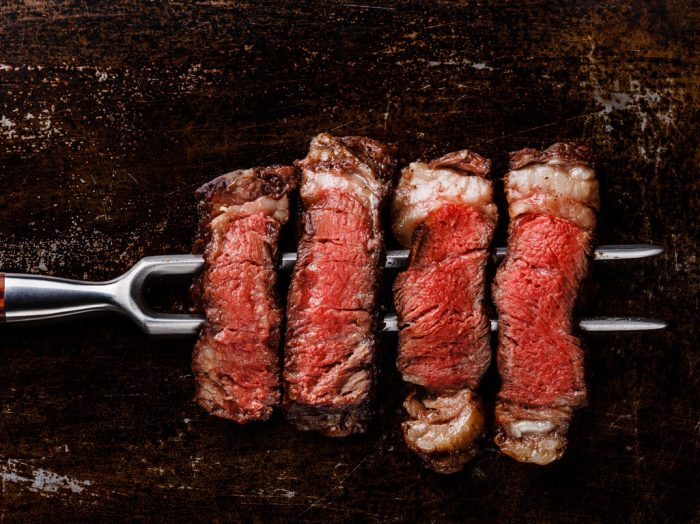Chicken eggs are versatile ingredients and you can do lots of things with them! But this shouldn’t make you avoid other egg varieties because they have other qualities!
I’ve always felt lucky for spending my childhood on a farm. I used to play with baby ducks and chickens, kitties, puppies, and sometimes even calves. I’ve always enjoyed fresh veggies from our garden, snack on sweet and juicy apples straight from the apple tree, drank raw milk every evening, and ate most types of eggs you can find on a farm: from quail and hen to duck and goose eggs.
This morning I have remembered bits of my childhood while making some creamy scrambled eggs with cheese from my parents’ farm (even if I don’t live there anymore, my parents send me fresh vegetables, eggs, and milk on a regular basis).
Did you know that you can eat eggs from most birds? Even turtles! But there are some egg varieties that are more popular than others and it’s a pity not to make use of them! Because, you know, chicken eggs aren’t the only ones in the world!
6 Egg varieties you should know, from smallest to largest
1. Quail egg
Quail egg is the smallest egg that you can find in stores. It’s about a fifth of the size of a large chicken egg and has visible spots on its shell.
They say quail eggs are healthier than other egg varieties. They’re more nutritious than chicken eggs, with more B vitamins, iron, and zinc.
Their taste is very similar to hen eggs, but they’re more satisfying because of the higher yolk to egg white ratio. They’re your best option when making scotch eggs, meaning hard-boiled eggs wrapped in sausage meat, coated in breadcrumbs and baked or deep-fried. You can also use quail eggs to make different types of starters: put them on skewers or make tiny deviled eggs. Or poach them to garnish your soup. Oh, and don’t forget about pickled eggs!
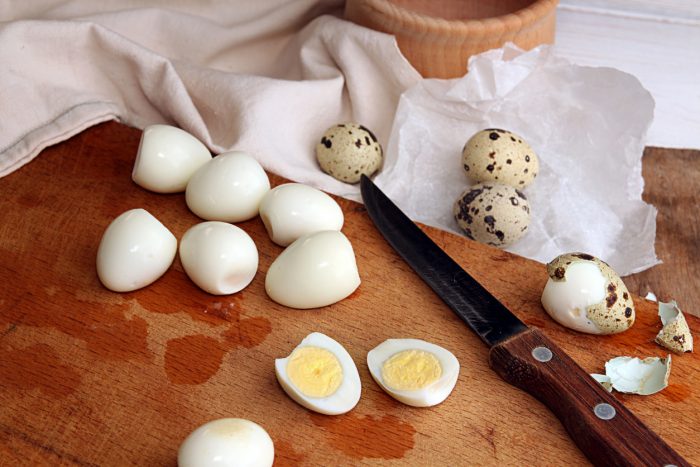
2. Chicken egg
You won’t think of other egg varieties because you always have had chicken eggs to meet all your needs. They’re cheap, tasty, with a medium fat content, they come in many sizes, and you can find them anytime, anywhere.
The taste and shell color vary according to bird type, its diet, and method of rearing. Use them for anything: sunny-side-up, scrambled, boiled, poached, or baked eggs. You can make soufflés and sauces, but they are best in desserts. From meringue to cakes and puddings, there’s nothing you can’t make with chicken eggs!
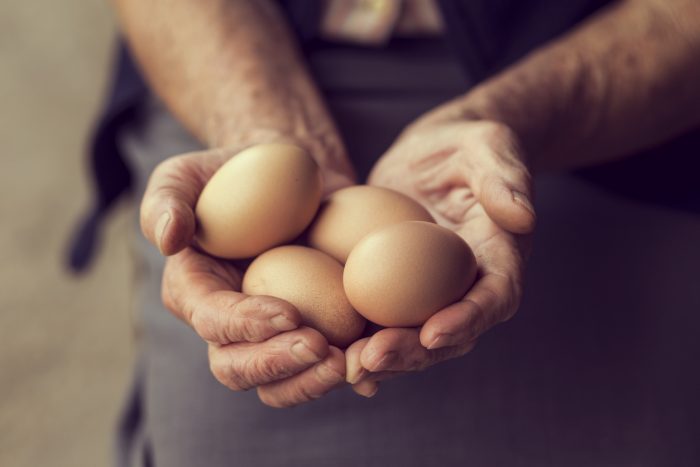
3. Duck egg
Duck eggs have rich yolks – they are three times richer in cholesterol than chicken eggs. Maybe that’s the reason they’re not used so often. But that’s a pity because they can get fluffier than chicken eggs in omelets, meringues, and cakes.
Having larger yolks makes these eggs creamier and with a richer taste than hen eggs. They’re good fried, coddled, or boiled, but keep in mind that they need more time for boiling than hen eggs. Because of the high-fat content, you can use them to make rich custards for your desserts.
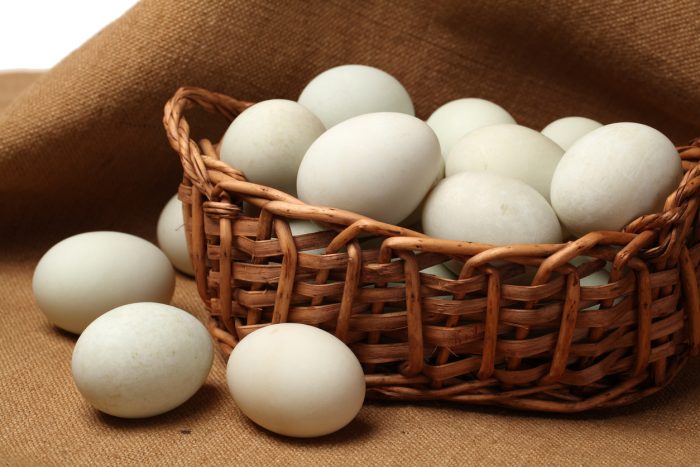
4. Turkey egg
Turkey eggs are one and a half times the size of chicken eggs and contain four times the amount of cholesterol. They have a slightly richer taste because of their very high yolk to egg white ratio, but they’re quite similar to chicken eggs.
You should try them fried, poached, or boiled. Use them in in muffins, homemade pasta, frittatas or burgers.
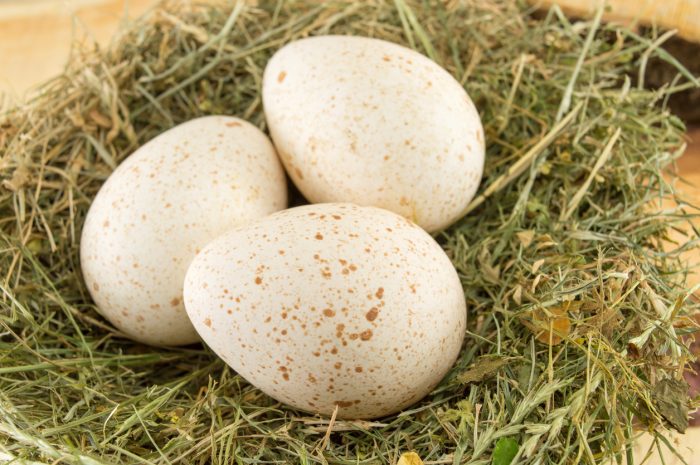
5. Goose egg
Goose eggs are really big, almost triple the size of jumbo chicken eggs, with their taste being richer, fattier, and heavier. They also have more deeply colored yolks. You won’t find them all year long, because geese lay only about forty eggs per year, mostly during spring.
Instead of using 2 hen eggs for an omelet, you can make it with one goose egg. Because they’re hard to find, if you have them on hand, use them in dishes where they are the star ingredient: quiches, souffles, scrambled eggs. If you decide on using goose eggs in baked goods, be aware that because of the larger yolk your batter can become more dense and moist. To fix this, add an extra egg white from a chicken egg.
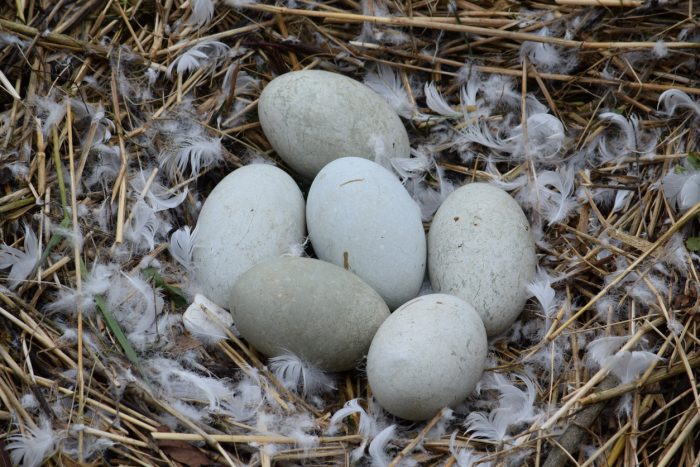
6. Ostrich egg
Ostrich egg is the biggest egg variety used in the kitchen. Actually, it’s the equivalent of 24 chicken eggs!
It takes a lot of time to boil them: between 150 minutes for soft-boiled eggs, and 1 1/2 – 2 hours for hard-boiled eggs. When it comes to taste and texture, they’re similar to hen eggs, although some find the taste a bit stronger.
You can use it to make frittatas, scrambled eggs, or a huge quantity of custard.
